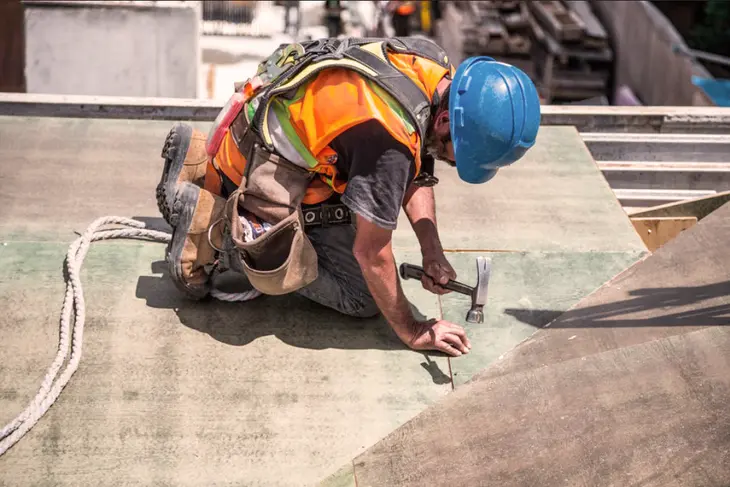
Title: The Evolution of Construction Materials: Innovations Shaping the Future of Building
- Admin
In the ever-evolving landscape of construction, the materials we use play a pivotal role in shaping the structures that define our cities and communities. From ancient civilizations to modern metropolises, the journey of construction materials has been marked by innovation, adaptation, and sustainability. In this article, we explore some of the most significant innovations in construction materials and how they are reshaping the future of building.
1. Sustainable Solutions
As the world grapples with environmental challenges, sustainability has become a central focus in the construction industry. Innovations in sustainable materials are revolutionizing the way we build, offering alternatives that reduce carbon footprint and minimize waste. From recycled steel and reclaimed wood to eco-friendly concrete and renewable insulation materials, builders are increasingly turning to sustainable solutions to create more environmentally conscious structures.
2. Advanced Composite Materials
Composite materials, engineered by combining two or more constituent materials with different properties, are gaining traction in the construction industry for their superior strength, durability, and versatility. Fiber-reinforced polymers (FRPs), carbon fiber composites, and advanced glass composites are just a few examples of these innovative materials. With their high performance and lightweight nature, composite materials are revolutionizing the construction of bridges, high-rise buildings, and infrastructure projects around the world.
3. Smart Technologies
The integration of smart technologies into construction materials is ushering in a new era of efficiency, safety, and sustainability. Smart concrete embedded with sensors can monitor structural health, detect cracks, and assess the integrity of buildings in real-time. Self-healing materials, equipped with microorganisms or capsules containing healing agents, have the ability to repair cracks and extend the lifespan of structures. Additionally, 3D-printed construction materials are revolutionizing the way we build, offering greater precision, customization, and speed in construction processes.
4. Nanotechnology
Nanotechnology is unlocking new possibilities in construction materials, enabling the development of materials with enhanced properties at the molecular and atomic levels. Nanomaterials such as graphene, carbon nanotubes, and nano-silica are being incorporated into concrete, coatings, and insulation materials to improve strength, durability, and thermal performance. By harnessing the unique properties of nanoparticles, researchers are pushing the boundaries of what is possible in construction materials, paving the way for safer, more resilient structures.
5. Biodegradable and Bio-Based Materials
With growing concerns about plastic pollution and waste, biodegradable and bio-based materials are emerging as viable alternatives in construction. Materials derived from renewable sources such as bamboo, hemp, and bio-based polymers offer sustainable solutions for a wide range of applications, including insulation, roofing, and structural components. These materials not only reduce reliance on finite resources but also contribute to a more circular economy by promoting the use of renewable resources and minimizing waste.
Conclusion
The future of construction materials is bright with innovation and possibility. As we continue to push the boundaries of science and technology, the materials we use will become increasingly sustainable, efficient, and resilient. By embracing innovative solutions and sustainable practices, we can build a future where our structures not only stand the test of time but also contribute to a more sustainable and resilient world.
